
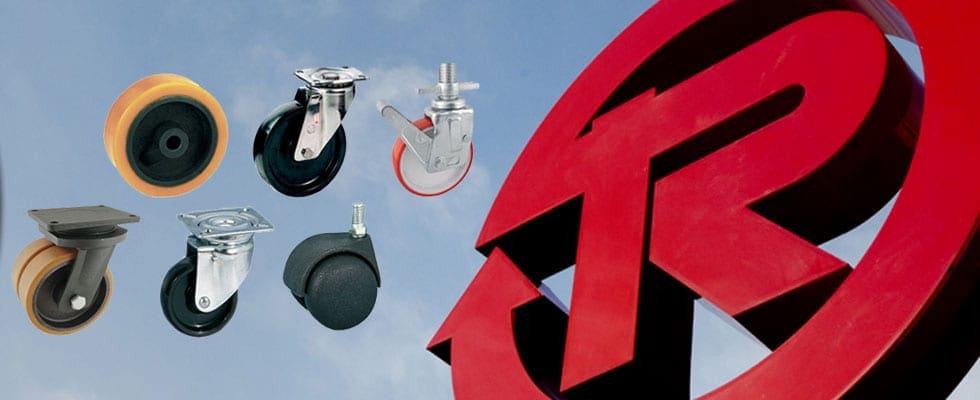
SERIES 22
SERIES 32
Selecting the right Tellure Rota Wheel
The safety and ease of handling of a trolley depend on the choice of the most suitable wheel.
The choice must be made in accordance with the following procedure:
- Calculate the minimum carrying capacity required to guarantee safe handling. This is determined by the weight of the load, its nature(solid or liquid) and the tare of the trolley.
- Choose the recommended wheel series for the type of floor (nature and condition of the floor) and then select only the recommended categories for the environment of use (temperature, humidity, aggressive chemical substances).
- Choose the wheel dimensions (diameter and tyre width) having the minimum required carrying capacity to guarantee ease of movement depending on the type of use: static use, manual propulsion, towed mechanical propulsion, self-powered propulsion.
- Combine the wheel with the most suitable castor for the application environment, the required carrying capacity and speed
The type of floor and the presence of any obstacles will have an influence on the thrust/ traction force required to move the trolley, the transmission of vibrations, and wear of the wheel:
• For uneven floors or floors with obstacles the wheels should have a soft, high thickness tread and be of large diameter; • For smooth floors and heavy loads the normal practice is to select wheels with a more rigid tread.
For each series, Tellure Rôta indicates the type of floor for which the wheel is suitable.
| Tiled floor |
Plastic materials, polyurethane, rubber
|
| Asphalt floor | Rubber or elastic polyurethane |
| Cement-resin floor | Plastic materials, polyurethane, rubber |
| Unsurfaced floors | Rubber or elastic polyurethane |
| Floor contaminated with machining chips | Rubber or elastic polyurethane |
| Floor with grating | Rubber or elastic polyurethane |
The materials of which the wheel and castor are made may be more or less suitable for use in aggressive environments: extreme temperatures, high humidity, acids, solvents, alkalis and hydrocarbons.
Tellure Rôta provides:
– a table showing compatibility of the wheel materials with a detailed list of chemical substances (see table –> open pdf file).
– a table showing derating of carrying capacity in accordance with different temperatures (see table –> open pdf file).
The load weight, load type (liquid or solid), and trolley tare, determine the minimum carrying capacity required of the wheel in order to guarantee safe handling.
With a 4-wheel trolley, use the following formulas to calculate the minimum carrying capacity required
| Solid Load:
MINIMUM CARRYING CAPACITY REQUIRED = (SOLID LOAD WEIGHT + TROLLEY TARE): 3 |
| Liquid Load
MINIMUM CARRYING CAPACITY REQUIRED = (LIQUID LOAD WEIGHT + TROLLEY TARE): 2 |
Static use
For static use (trolley moved only occasionally and stationary most of the time) it is sufficient to check:
STATIC CARRYING CAPACITY OF THE WHEEL > MINIMUM CARRYING CAPACITY REQUIRED
(3 out of 4 wheels are considered to be constantly in contact with the ground).
Conversely, if the trolley is to be used frequently or over long distances, the type of handling must be assessed: manual, towed with mechanical means or self-powered.
Manual handling
The trolley speed is generally less than 4 km/h; check that:
DYNAMIC CARRYING CAPACITY OF THE WHEEL > MINIMUM CARRYING CAPACITY REQUIRED
ROLLING RESISTANCE > (SOLID/ LIQUID LOAD WEIGHT + TROLLEY TARE): 4
Tellure Rôta shows the rolling resistance value for each wheel, this being the maximum applicable load at which the traction/thrust effort remains below 5 daN.The lower the rolling resistance of a wheel, the less effort is required.
Towed mechanical propulsion
The dynamic carrying capacity of the wheels refers to a speed no higher than 4 km/h (1.1 m/s); if the speed exceeds this value, the carrying capacity value decreases. Use the carrying capacity correction factor shown in the speed and capacity variations table (see table –> open pdf file) and check:
WHEEL DYNAMIC CARRYING CAPACITY X CORRECTION FACTOR (%) > MINIMUM REQUIRED CARRYING CAPACITY
Not all the types of wheel can be used with mechanical propulsion; choose only the series shown in the table, combined with adequate castors.
Self-powered mechanical propulsion
In this case the wheels are subjected to particular types of stress that differ from case to case. Contact Tellure Rôta to choose the most suitable product for your application.
If you require further assistance then please pop into our store or contact us by calling us on (00356) 21460195, or (00356) 21465006. You can also email us at admin@multitrademalta.com
We can help you with the correct elements for your next DIY project making sure that you get exactly what you need without breaking the bank and we pride ourselves with our high level of customer care.


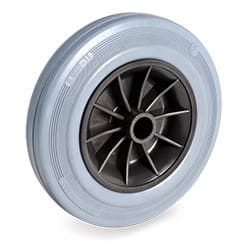
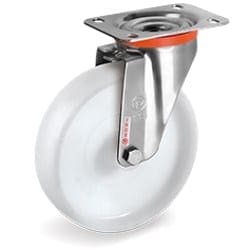

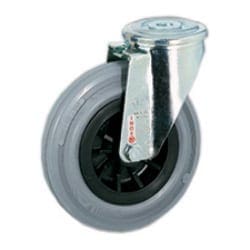

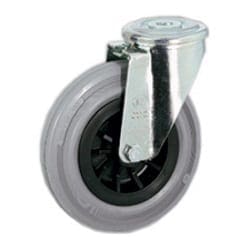



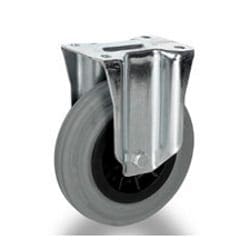
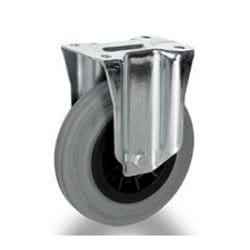
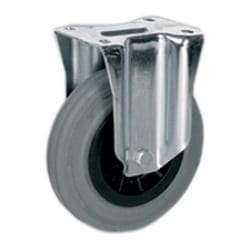
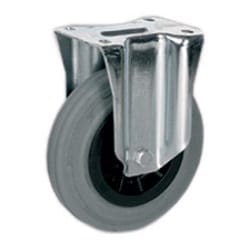
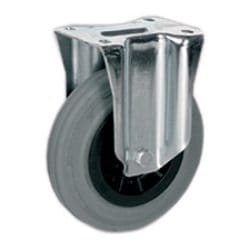
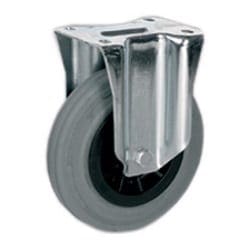
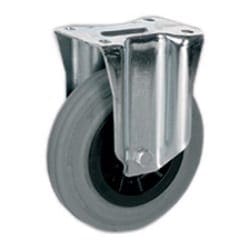
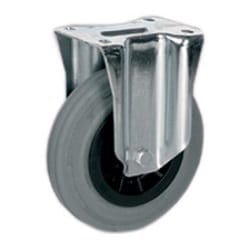
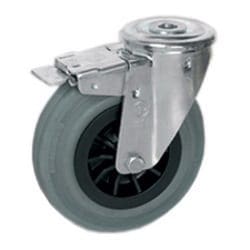
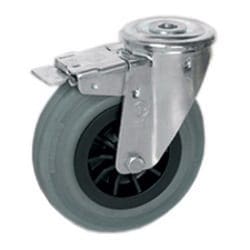

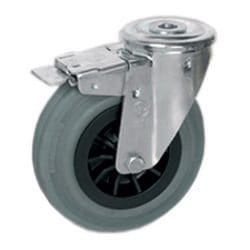
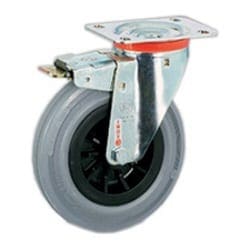


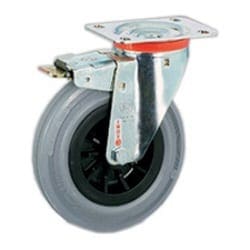

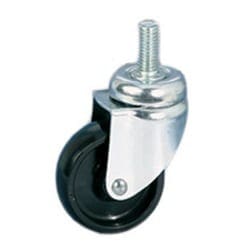
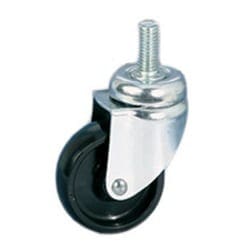
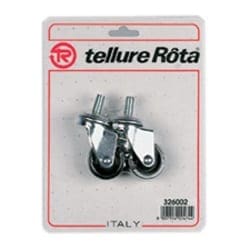
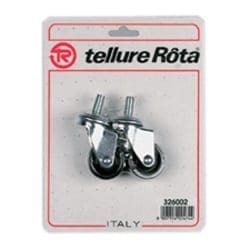
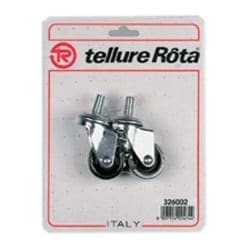
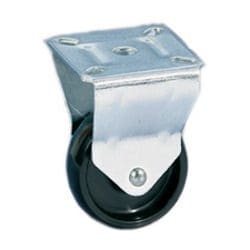


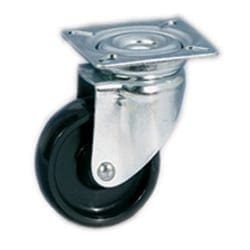
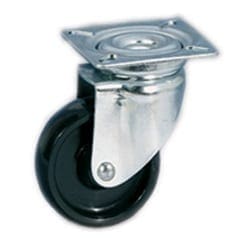

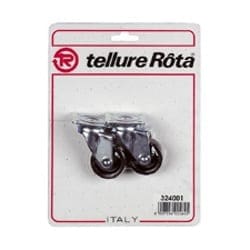
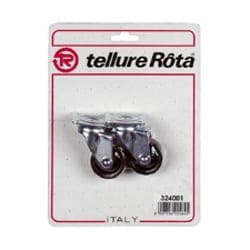
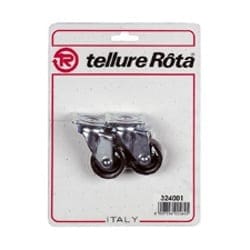

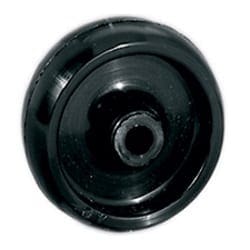


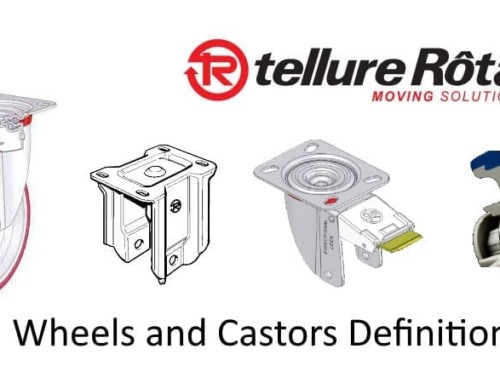

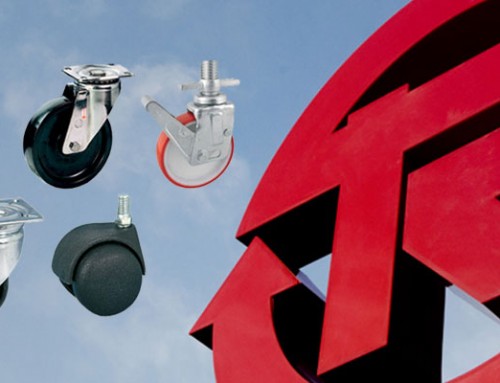
Leave A Comment
You must be logged in to post a comment.